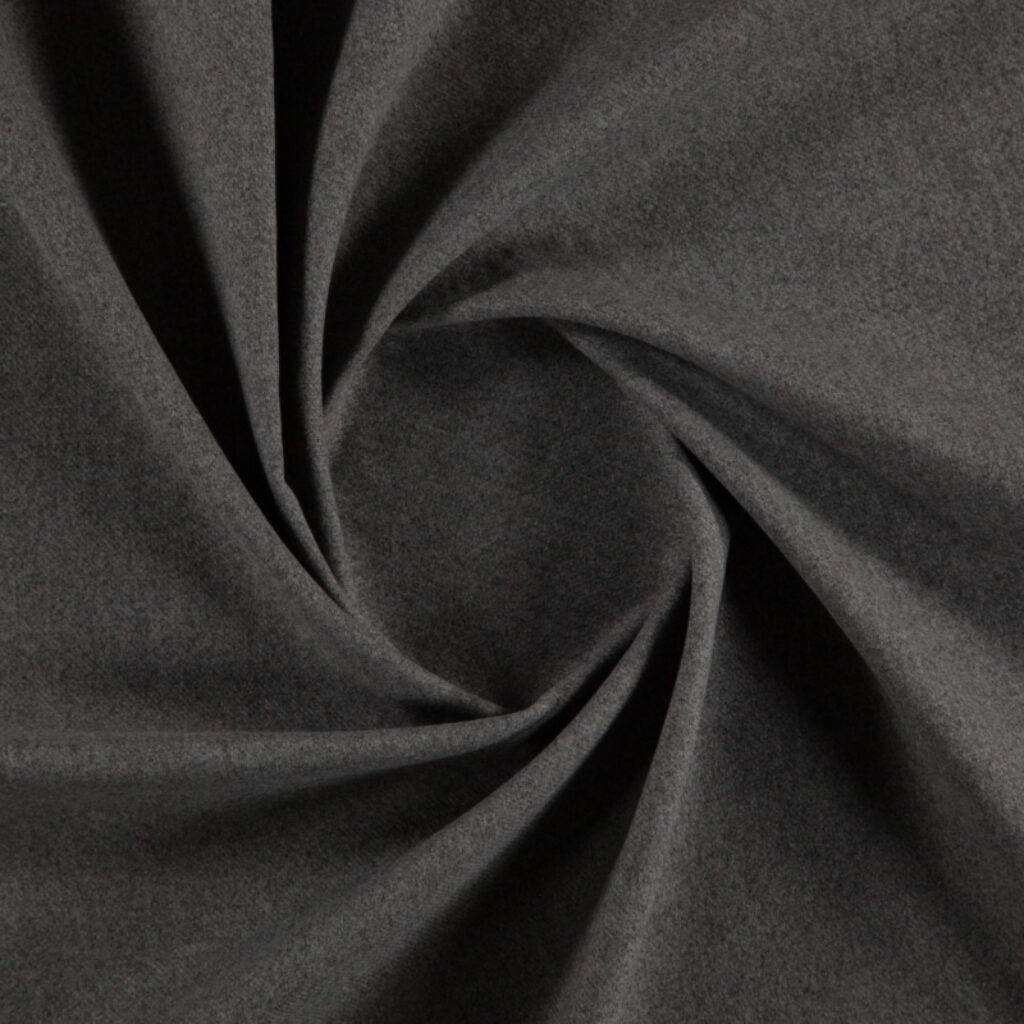The four key phases of commercial interior design
Exceptional interiors don’t begin with the space: they begin with the unique needs and preferences of the people who will use it. Today we look at the four key phases to developing exceptional interiors in keeping with the original vision and design integrity, budget and timeline efficiencies.
While these phases may look similar for residential projects, we’re clarifying them today from a commercially focused point of view.
Let’s get started!
Interior design: a marriage of creative concepts and technical specifications
People sometimes think that interior designers are just there to make places look pretty. They are, however, also experts at schematics and design analytics.
Commercial interiors are a perfect example of this duality. They are the result of a series of creative decisions around the kind of atmosphere they will evoke, the sounds, the lighting. They’re also carefully devised to be as functional for staff and visitors as possible.
At FibreGuard, we see this at work every day.

Our fabric collections are the most visible part of what we do. You don’t have to see behind the complex process of product development to be able to enjoy our fabrics’ colourways. You don’t need to understand the nuances of mechanical textiles testing to appreciate their stain free technology.
These steps that happen behind the scenes are vital to what we do, as are the product development and design team members who take them.
This is much like the work of interior designers: the public sees a space and appreciates its aesthetics and clever functionality, without necessarily realising that it is the result of professional experience, technical specifications, and precise development.
Phase one: details, deadlines, and inspiration
This first phase of interior design is all about detailing the functional requirements of the space plus its central style and aesthetics. Daylight levels are assessed, and the sun’s angles are taken into consideration. The budget is set, and a clear timeline finalised. Now it’s time to hit the drafting board!
FibreGuard's easy clean fabrics are a performance technology used in multiple interior environments from hotels and restaurants to private homes, hospitals, offices and more.
Phase two: getting functional with interior architecture
The concept is hammered out in phase two, and interior drafting experts get to work on the technical requirements of the space. A basic plan is sent for approval, including new floor plans (if necessary), digital renders and early 3D models: the work of interior designers and interior architects is being transformed through computer aided design and digital visualisation
Exciting!
Side note: what is a digital render? It’s time to find out: dive into the incredible world of digital twins with Twinbru!
Phase three: time to pick and choose materials and finishes
Phase three is all about fleshing out this basic design with details and fittings. Commercial interior designers select everything from finishes to flooring. Room layouts, lighting, decorative fabrics, wall coverings, colour palettes, millwork and cabinets: all of these aspects are covered during this phase.
Interior finishes include:
- Walls (tile, paint, plaster, wall coverings)
- Flooring (hardwood, vinyl, tiles, carpeting)
- Plumbing fixtures
- Lighting fixtures
- Fireplace design
- Interior doors & hardware
- Base, case & ceiling details
Side note: what is millwork? Essentially, it’s anything made at a lumber mill. Interior trim, doors, shelving, stair treads, and mantels are all part of millwork.

Phase four: ensuring the design integrity throughout the life of the project
This is the part where co-ordinated architectural and design drawing construction specs for the project are compiled.
Design drawings and earlier 3D models are finalised into essential construction documentation: essential for the contractors involved in fitting out the interior, including but not limited to carpenters, plumbers, tile-setters, electricians etc.
Interior construction documentation sets give everyone the technical information they need to work together and achieve something unique. They are also critical for builders and tradespeople, ensuring that they can give fair proposals.
What happens next? Everyone gets to work, the project is completed, and the commercial space is ready to launch!
Thanks for reading!
Be sure to check out our range of commercial interior inspiration boards on Pinterest!
